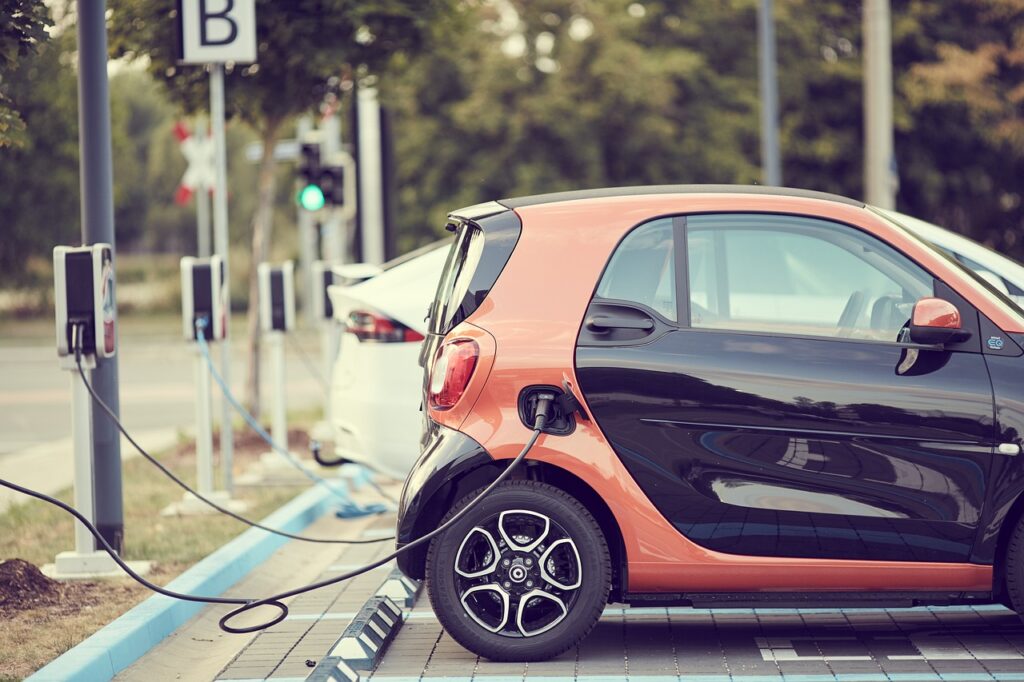You’re on the hunt for a new car, eyeing something stylish, modern, and eco-friendly. After thorough research, you’re leaning towards an electric vehicle (EV). Then, you stumble upon a headline that makes you gasp: in one Australian state, EVs come with incentives, while in another, they’re charged per kilometer traveled. It’s a puzzle, isn’t it? Welcome to the perplexing world of automotive strategies, where decisions by lawmakers and manufacturers can be as baffling as a plot twist in a drama series.
Motivating forces an in the Australian Capital Area
In the Australian Capital Territory (ACT), the government is rolling out the green carpet for EV buyers. If you’re a Canberran, you can say goodbye to stamp duty and hello to two years of free registration when you purchase a zero-emissions vehicle. It’s like getting a high-five from Mother Earth herself. The ACT is also offering interest-free loans of up to $15,000 to families and non-profit organizations to help them switch to cleaner vehicles. Talk about getting the ball rolling!
These actions mirror the Demonstration’s obligation to decreasing emanations and empowering the reception of clean energy vehicles. By making it monetarily simpler for occupants to progress to EVs, the Demonstration is setting a positive model for different states to follow. The district is gunning for net zero emanations by 2045, and each EV out and about is a positive development.
Victoria’s Street Client Charge
However, right when you think the way to EV reception is cleared with well meaning goals, you find out about Victoria’s new street client charge. From July first, EV and cross breed proprietors should keep a log of their odometer readings and pay a duty for each kilometer driven. A move’s ignited discussion quicker than a games vehicle at a green light. The Victorian government contends that this duty will guarantee all drivers contribute their reasonable portion to framework costs. In any case, pundits contend that this could hammer the brakes on EV take-up and dial back outflows decreases.
The main issue isn’t whether a road user charge is a good idea; it’s about timing. Is it wise to introduce such a charge when EV sales are under 1% nationwide, and the world is racing towards greener transportation? The ACT’s Shane Rattenbury certainly thinks not. He has called the tax on clean vehicles a ‘regrettable policy’ and urged other states to reconsider their strategies.

Monetary Ramifications for EV Proprietors
Victoria’s new regulations imply that spotless vehicle proprietors will dive into their pockets to pay 2.5 pennies per kilometer for EVs and hydrogen power device vehicles, and 2 pennies for cross breeds. With the typical expense assessed at about $330 per year, it resembles adding a little yet industrious hole to your wallet. Over the lifetime of a vehicle, that is no less than $3,000 that might have been spent on something seriously energizing, similar to an excursion to the Incomparable Boundary Reef.
The argument for the road user charge is that replacing the federal excise on fuel is a necessary step. As EVs become more common, and fewer people fill up at the pump, the government needs a new way to collect revenue. It’s a practical concern, but it’s also a bit like charging runners a fee for wearing sneakers because they’re not buying as many dress shoes.
Industry and Public Responses
Car manufacturers and environmental groups are ramping up their opposition. They’ve even published an open letter calling Victoria’s policy the ‘worst electric vehicle policy in the world.’ It’s a bold statement, but it underscores the frustration many feel about a tax that seems to penalize progress.
The Andrews government has attempted to relax the pass up offering a $3,000 endowment for EVs under $69,000 and setting an objective of half of new vehicle deals being zero or low emanation vehicles by 2030. It’s a positive development, yet as far as some might be concerned, it’s short of what was needed.

The Master plan: Australia’s EV Technique
In the mean time, different states are watching and pausing. New South Ribs and South Australia have both played with the possibility of a street client charge however have raised a ruckus around town button for the present. It’s like they’re at a party, standing by to see who takes the primary action before they hop in.
The entry of the street use charge in Victoria has its allies, as well. Foundation Associations Australia’s CEO, Adrian Dwyer, has adulated the move, saying it’s feasible to empower the charge of transport while as yet paying for framework. It’s a view that is essentially as hopeful as a bright day in Sydney.
However, Richie Merzian from the Australia Institute isn’t buying it. He has compared the road user charge to a self-inflicted wound, slowing down an already sluggish EV market in Australia. It’s a sentiment echoed by many who feel that Australia is lagging behind in the global EV race.
Determination: A Guide to a Greener Future
All in all, what’s the focal point from this auto rollercoaster? Obviously with regards to EV arrangements, Australia is conveying inconsistent messages. On one hand, there’s veritable excitement and backing for clean vehicles. On the other, there’s an expense that could slow down this green transformation. It’s an exemplary instance of vehicle producers — and policymakers — messing themselves up.
Looking to the future, we must strike a balance between the need to reduce emissions and concerns about sustainable revenue. Australia has a golden opportunity to kickstart its efforts and join the race towards a cleaner future while the world shifts gears in that direction. Ultimately, no one should be left behind in the dust, choking on the fumes of missed opportunities and outdated policies. Let’s hope Australia can steer its EV strategy towards a more coherent and effective path that accelerates rather than hinders the journey towards a greener future.
Related posts:
Australian governments ‘shooting themselves in the foot’ with EV policies





